First up on the itinerary of official Fall 2013 Field projects for the Center of Interdisciplinary Science for Art, Architecture, and Archaeology (CISA3) was a project with the University of Calabria in Southernmost Italy.
In preparation for both this project and the expected two months worth of archaeological work throughout Italy, we were given a wonderful rapid fire summer course by San Diego based Italian instructress of awesomeness Gabriella Pozzoli.
Armed with out new Italian skills, Vid Petrovic, myself (Ashley M. Richter), and our colleagues like the fabulous structural engineer Mike Hess, settled briefly into our home base apartment in Florence (just behind Palazzo Vecchio), disappeared briefly for the aforementioned Greek activities, returned to Florence, and then, then the real work began.
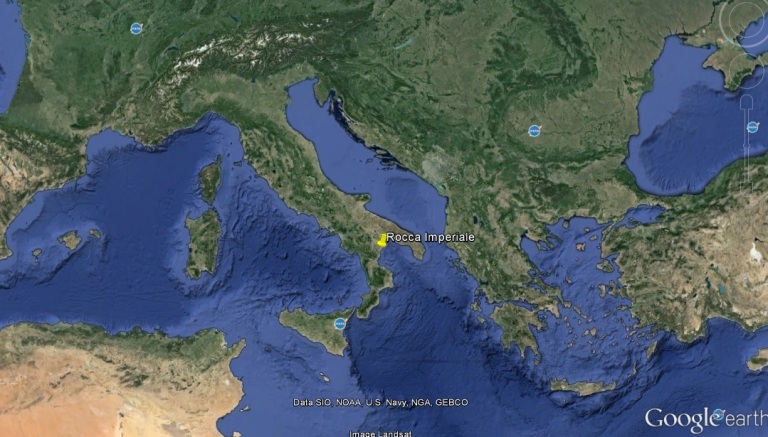
The most cost-effective way to get down to Calabria is by bus. Night bus. It sounds like it would be a harrowing experience, but aside from initial confusion regarding where to buy the bus ticket (contrary to our initial instructions, they can’t be bought in every corner tabbachi in Florence–we finally acquired ours from the the patient and wonderful lady operating the ticket office at the proper bus station) and the rather mysterious meeting point for the buses themselves (between the train station and the Forteezza da Basso on Piazzale Montelungo)–the bus trip was rather pleasant. There were few tourists, most people fell promptly to sleep, and the bus was quite comfy. Our stop was the very very last one, so we didn’t even have to worry about missing it.
When we did arrive at Rocca Imperiale in Calabria–it was to the news that there was an aqua bombe– literally a ‘water bomb’ of a rainstorm had flashed through the hills the night before, causing havoc on roads, and potentially cancelling access to our first site because of all the mud (wellies, like always saved the day).
We were collected at the bus stop by no less a wonderful personage as the Mayor of Rocca Imperiale, Ferdinando di Leo himself, who also happened to be the proprietor of the charming and delicious Casa Incantata Bed and Breakfast we were staying at. Located halfway up the ancient medieval hill, the Casa Incantata more than lived up to its name as the Enchanted House. Sporting a pizzeria as well as the fanciest (and most delicious) restaurant in town- the staff at the Casa Incantata took great care of us over the next few weeks. Few people spoke English, and we were super worried our language skills wouldnt pass muster- but they more than sufficed because everyone was just so nice. Like seriously 1950s sitcom nice. But in Italian. Rocca Imperiale is my new most favorite place in the world (in case you havent guessed based on my over-glowing reports–more details on it later. Rocca Imperiale’s Castle Svevo and the cast of characters and buildings deserves their own blog entry).
So away from the travelogue and back to the archaeology adventure:

Murgie di Santa Caterina
First on the itinerary: Murgie di Santa Caterina with the magickal team from the University of Calabria.
The team from the Dipartimento di Archeologia e Storia delle Arti at the Universita Della Calabria was led by Professor Adele Coscarella and Professor Franca Paparella. Two of the most professional and bad-ass-awesome female archaeologists that have ever graced the field. If you want to learn anything about how to run an archaeological site- go see these ladies. They know their stuff, are keen to explore the bounds of how technology can help them advance the discipline of archaeology, and their students love them. But more importantly, they absolutely prove that being a female in archaeology doesn’t mean you have to live downtrodden beneath the glass ceiling.

Their interdisciplinary team of graduate and undergraduate students from archaeology, medieval history, and engineering included:
Luca Rotundo (their engineer of marvelousness and our primary collaborator on all things Calabria), Loredana Di Santo, Rosella Renzo, Maria DiSanto, Paola Giglio, Elisa Ariosta, Francesco Procopio, Monica Filicetti, and Antoinino.
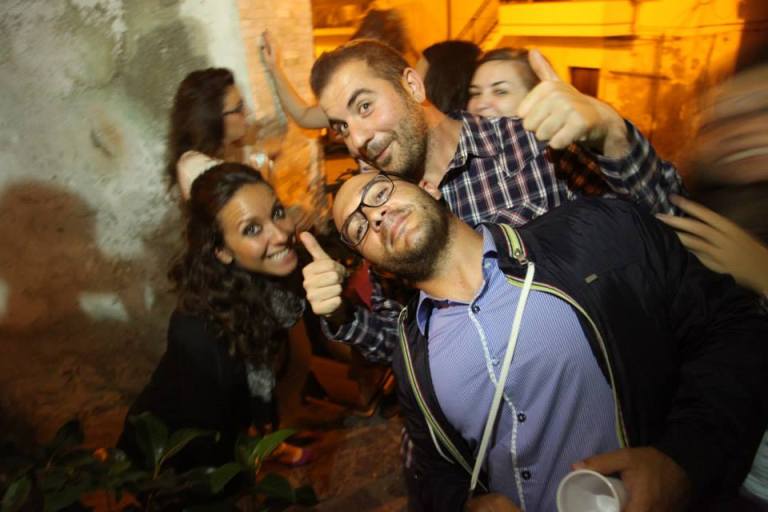
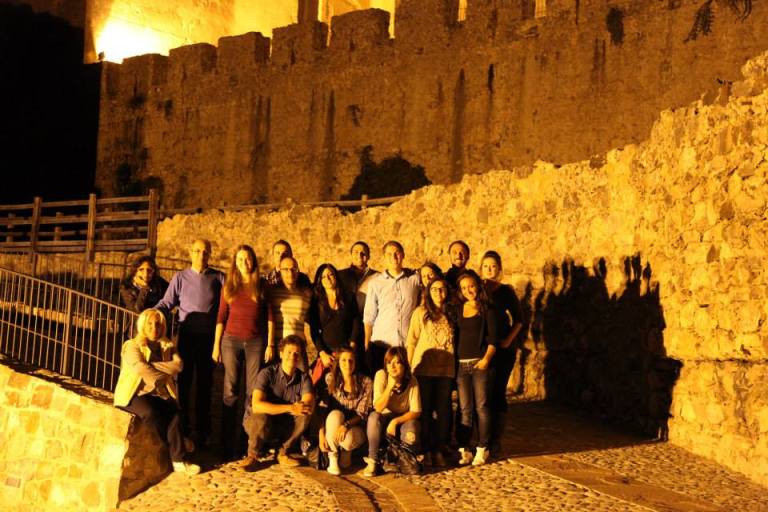
Arrangements for the collaboration were made between CISA3 Emeritus Director Maurizio Seracini and his longtime friend, Professor Giuseppe Roma , the Direttore del Dipartimento di Archeologia e Storia delle Arti at the Universita Della Calabria. Professor Roma also joined us in the field, at Murgie di Santa Caterina and as our lead archaeologist and contact for work at Santuario Anglona (see below).
Our primary Calabria-ation (get it?) was the digitization of the University of Calabria’s Excavation of Murgie di Santa Catarina. Murgie di Santa Caterina, or the Ruins of St. Catherine’s, represents an early Medieval monastery site built atop several layers of previous occupation dating back to prehistory and placed idyllically (and strategically) atop a hilltop promontory with a clear view of the distant Medieval cityscapes, including Rocca Imperiale. The University of Calabria’s team, similar to UCSD’s digital archaeology/cyberarchaeology unit utilize the same tools for visualization analysis- building a virtual site model through terrestrial laser scanning, creating temporal/time lapse data sets of structure from motion modeling to document the archaeological process of excavation, digitizing pottery for analysis, etc. And so our main project working with them was not the data collection itself, but to collaborate and brainstorm ways to improve the data collection, processing, and analysis process/deploy technology and build new technology develop for cultural heritage problems.
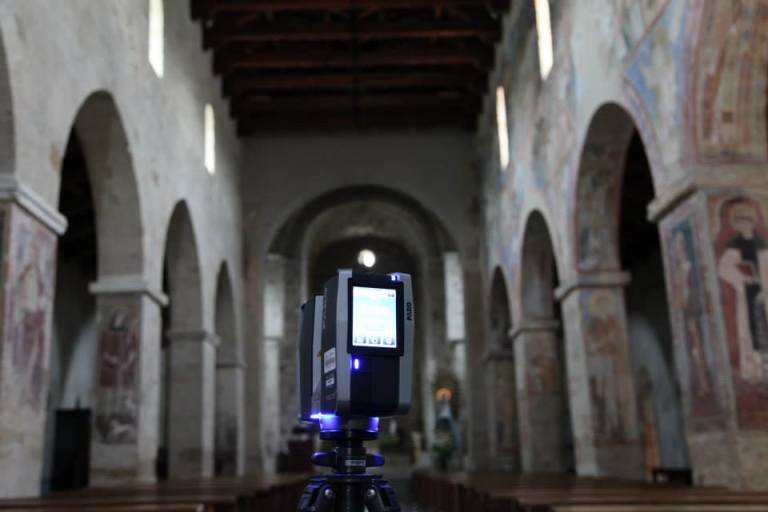
Santuario di Santa Maria Regina di Anglona
In addition to imaging the excavation, Professor Giuseppe Roma and Professor Falko Kuester of UCSD led the CISA3 team on a project to analyze the structural conservation health of the Santuario di Santa Maria Regina di Anglona– an 11th century church decorated with a complex fresco cycle which reflects a brief period of peace between local Christian and Muslim communities in the region through a complex mixture of symbolism in the artwork on its walls and columns. Despite great care and several restorations, many of the walls are sloping alarmingly – damaged by earthquakes. The data we acquired will help us create a conservation solution for the much valued sanctuary- the only standing architecture that remains of the ancient city that once enveloped the hill around it and one of the most prominent monuments of the region.
We undertook terrestrial laser scanning, stereoscopic photography, thermal imaging of certain wall features that Professor Roma, a longtime researcher of the site, wanted to investigate further, and material analysis of the wall frescoes utilizing x-ray fluorescence (XRF) while Luca handled the structure from motion aspects.
Public Archaeology in Action
The University of Calabria’s excavation season ended with an amazing press conference at the Rocca Imperiale town hall (a former medieval monastery) where the archaeologists reported their preliminary findings to the local community and representatives from the local towns and the national cultural heritage authorities extolled the virtues and difficulties of investigating, conserving, and appreciating the rich cultural heritage of Italy- and how happy they are to have regional and international collaboration on these things. The University of Calabria’s press conference was the most apt and thrilling example of public archaeology and transparent information between cultural heritage stakeholder and archaeologists I have yet seen. It was awesome and beautiful in all kinds of ways.
We made some lasting friends among the Calabrians (oh the joys of facebook!) and very much looked forward to the new levels of collaboration between the University of California, San Diego and the University of Calabria.
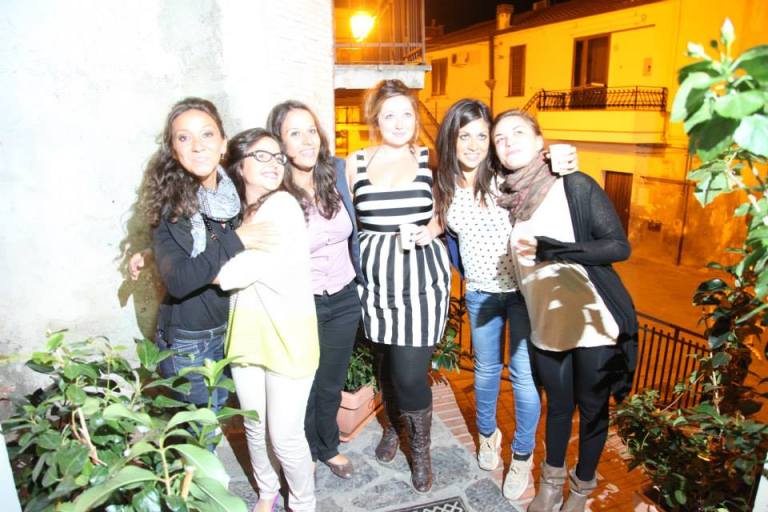
And then, just because I love these last two pics: here’s some field shots of myself and Vid:

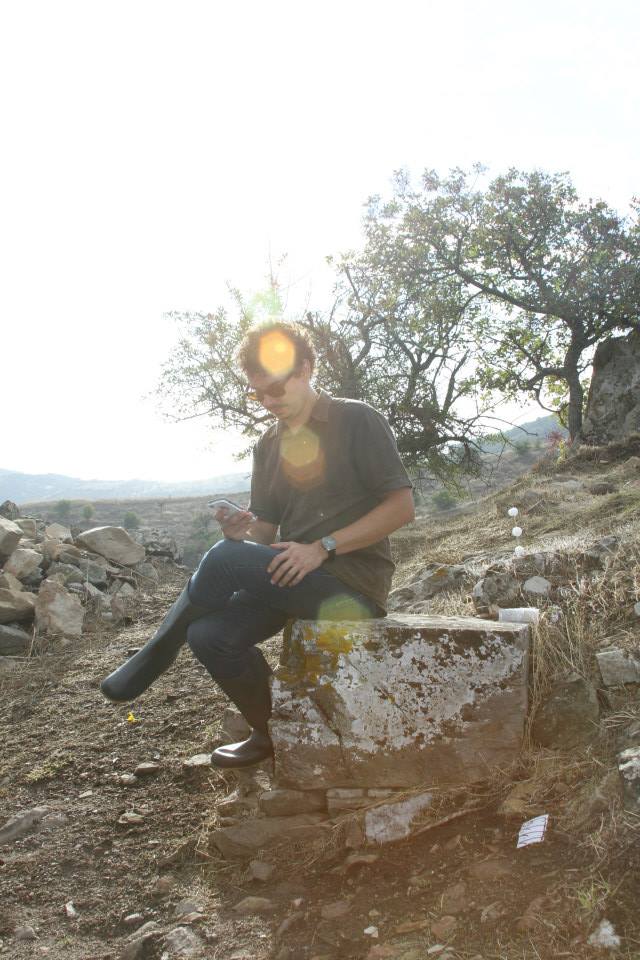
You can also check out the UCSD press release the wonderful Doug Ramsey of Calit2 jotted out from my field reports here.

One thought on “Digital Archaeological Collaborations with the University of Calabria”